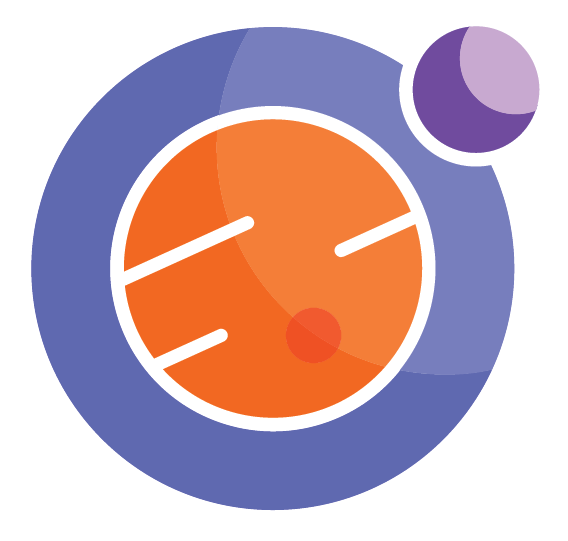
Module 0 Unit 1: Learning Outcomes#
This course is divided into 7 parts, which we refer to as modules. Each module will teach important skills that will help you use Callysto in a classroom setting.
Module 1 - Computational Thinking 101#
By the end of this module, you will be able to
Describe computational thinking
Describe the steps of computational thinking
Apply the steps of computational thinking to every day and rich problems
Explain the importance of learning computational thinking for K-12 students
Module 2 - Computational Thinking Through Algorithms#
By the end of this module, you will be able to
State the difference between an algorithm, software, and hardware
Explain how an algorithm turns into actions that complete some task
Module 3 - Computational Thinking and Jupyter Notebooks#
By the end of this module, you will be able to
Explain what a Jupyter notebook is
Identify various parts of a notebook and what they do
Launch and modify an existing notebook
Insert text, hyperlinks, images, YouTube videos, and math formulas into a notebook
Articulate how Jupyter notebooks can help as a teaching tool in the context of computational thinking
Module 4 - Programming in Jupyter Notebooks#
By the end of this module, you will be able to
Explain the three components of Callysto
Create an account on the Callysto online service and access notebooks there
Manage files and documents within your Callysto account
Create a new Jupyter notebook within your Callysto account
Add Jupyter notebooks to your Callysto account
Select an existing Callysto notebook for use in your specific class and modify it
Module 5 - Managing Your Own Notebooks in Callysto#
By the end of this module, you will be able to
Code the following using the Python programming language
Variables
Loops
If/else statements
Functions
Basic Graphing
Demonstrate how Markdown and Python can be used together in a Jupyter notebook
Module 6 - Data Analytics and Callysto#
By the end of this module, you will be able to
Explain why data analysis is important
Explain the steps involved in data analysis
Perform data analysis with Open Data
Work with open data in your classroom using Jupyter notebooks
Module 7 - Calling All Teachers!#
By the end of this module, you will be able to
Introduce Callysto to your own classroom
Describe how the Callysto program applies to teachers and schools
Explain the benefits of the Callysto program to students and colleagues

